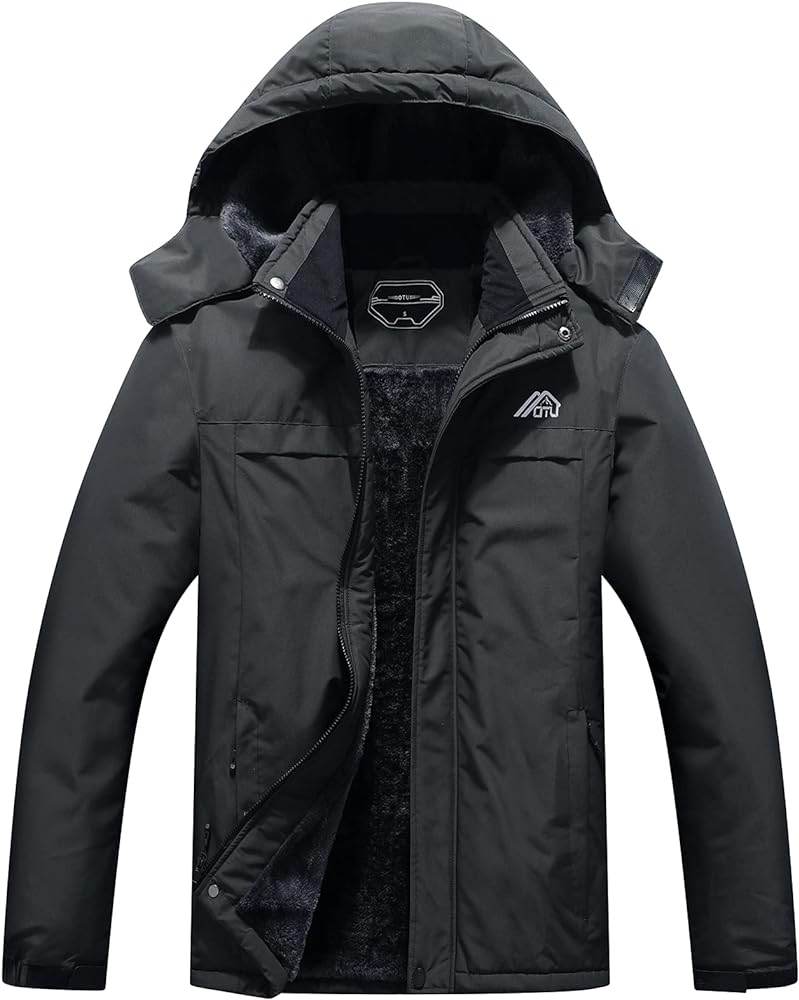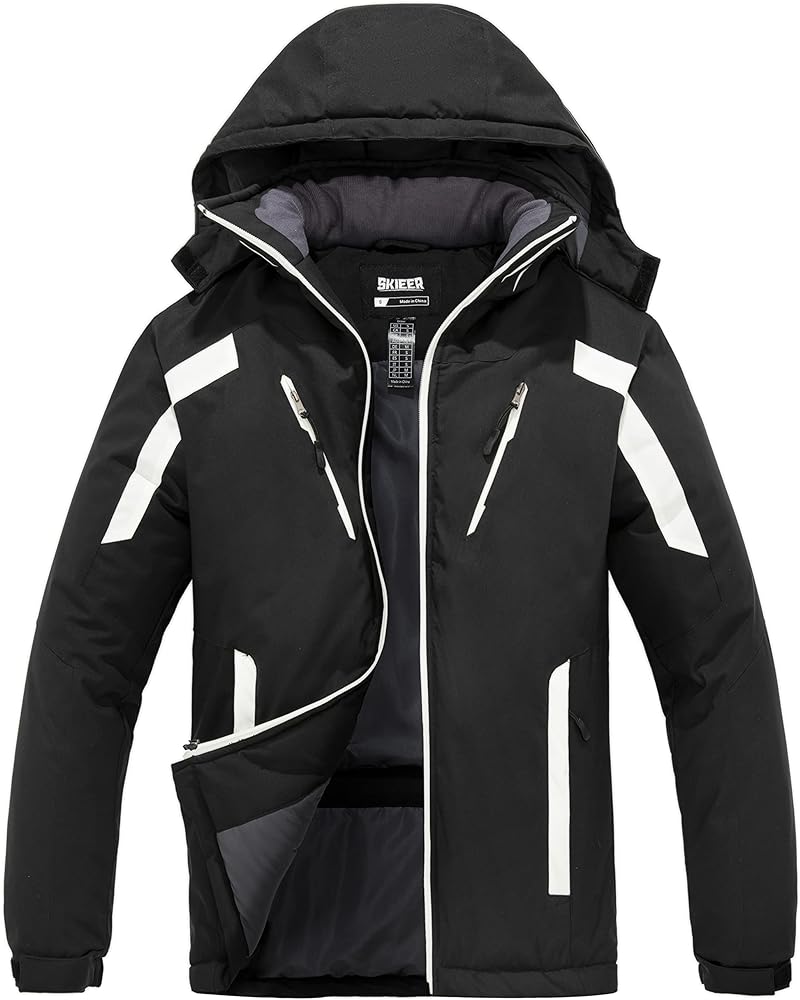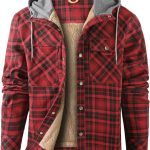I. Introduction
A. Overview of Men’s Waterproof Ski Jackets:
As an avid skier or snowboarder, you know the importance of staying warm and dry on the slopes. That’s where men’s waterproof ski jackets come in, providing a crucial layer of protection against the harsh winter elements. These jackets are designed to withstand heavy snowfall, biting winds, and even the occasional tumble, ensuring you can enjoy your winter adventures in comfort and style.
B. Purpose of the Guide:
This comprehensive guide delves into the world of men’s waterproof ski jackets, empowering you to make an informed decision about your next purchase. We’ll explore the key features and benefits of these jackets, their materials and construction, sizing and fit considerations, features and enhancements, styling tips, care instructions, popular brands and models, pricing and where to buy, and a conclusion summarizing the key points. Additionally, we’ll provide links to additional resources, such as ski gear guides, skiing and snowboarding tips, and ski resort recommendations.
II. Understanding Men’s Waterproof Ski Jackets
A. Key Features of Men’s Waterproof Ski Jackets:
-
Waterproof Fabrics: The primary function of a ski jacket is to keep you dry, and that’s where waterproof fabrics come in. Look for jackets made with high-quality waterproof fabrics like Gore-Tex, HyVent, or Dri-Lite, which form a barrier against moisture penetration.
-
Breathability: While keeping water out is essential, breathability is equally important. A good ski jacket should allow moisture vapor, generated from sweat, to escape, preventing a buildup of condensation that can make you feel cold and clammy.
-
Insulation: Insulation is crucial for retaining body heat in the cold mountain environment. Popular insulation options include down, synthetic down, and PrimaLoft, each offering varying levels of warmth and compressibility.
-
Durability: Ski jackets take a beating on the slopes, so durability is paramount. Look for jackets made with ripstop fabrics and reinforced seams to withstand the rigors of skiing and snowboarding.
B. Benefits of Men’s Waterproof Ski Jackets:
-
Protection from the Elements: Waterproof ski jackets shield you from snow, rain, and wind, keeping you warm and dry throughout your winter adventures.
-
Enhanced Comfort: The combination of waterproof fabrics and breathable materials ensures a comfortable microclimate inside the jacket, preventing overheating and moisture buildup.
-
Warmth Retention: Insulation provides a crucial barrier against heat loss, keeping you cozy even in frigid temperatures.
-
Durability and Longevity: Well-made ski jackets can withstand years of wear and tear, making them a worthwhile investment for your winter pursuits.
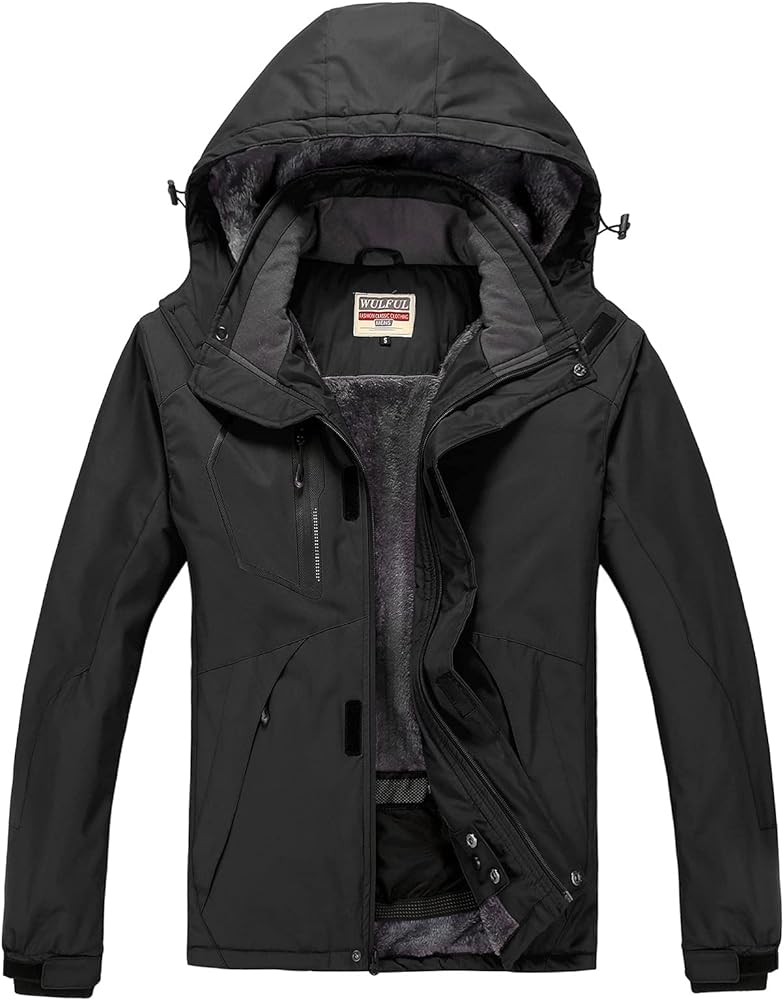
-
III. Materials and Construction: Unveiling the Inner Workings
Understanding the materials and construction of men’s waterproof ski jackets is crucial for choosing the perfect one for your needs. Here’s a breakdown of the key elements that contribute to their performance:
A. Waterproof Fabrics: Types and Properties:
-
Membranes: Many ski jackets utilize a waterproof membrane, like Gore-Tex, sandwiched between the outer fabric and the lining. This membrane allows water vapor to escape while preventing water droplets from penetrating, keeping you dry during snowfall or even a tumble into the snow.
-
Durable Water Repellent (DWR): A DWR coating on the outer fabric provides an extra layer of protection against water, allowing snow and light rain to bead up and roll off the jacket.
-
Seam Sealing: Even the best waterproof fabrics can have weaknesses at the seams. Look for jackets with taped or sealed seams to ensure complete water resistance.
B. Breathability: Allowing Moisture to Escape:
Breathability is key to preventing sweat build-up and maintaining comfort. Several technologies contribute to breathability:
-
Microporous Membranes: These membranes contain microscopic pores that allow water vapor to escape while remaining too small for water droplets to penetrate.
-
Hydrophobic Materials: Fabrics treated with DWR or other hydrophobic coatings repel moisture, allowing water vapor to move through the fabric more easily.
-
Pit Zips: Strategically placed zippers under the armpits allow for additional ventilation, letting you regulate your body temperature during strenuous activities.
C. Insulation: Retaining Body Heat:
Keeping warm on the slopes is crucial, and insulation plays a vital role. Popular insulation options include:
-
Down: Natural down offers exceptional warmth-to-weight ratio, making it lightweight and highly compressible. However, down loses its insulating properties when wet.
-
Synthetic Down: Synthetic alternatives mimic the warmth of down without the moisture sensitivity. They are a good option for skiers who encounter wet conditions frequently.
-
PrimaLoft: A high-performance synthetic insulation known for its warmth, water resistance, and breathability. It’s a popular choice for skiers seeking a versatile and reliable insulation option.
D. Durability: Withstanding the Elements:
The demands of skiing and snowboarding require a durable outer shell. Look for jackets made with:
-
Ripstop Fabrics: These fabrics are woven with a specific reinforcement technique that minimizes the spread of tears and rips when snagged.
-
Reinforced Seams: Critical seams on the shoulders, elbows, and other stress points are often reinforced with stitching or additional fabric layers to enhance durability.
IV. Sizing and Fit: Finding Your Perfect Match
A properly fitting ski jacket is essential for maximizing comfort, performance, and freedom of movement on the slopes. Here’s a guide to navigating the sizing options and achieving the perfect fit:
A. Size Charts and Measurement Guide:
-
Manufacturer’s Size Charts: Most reputable ski jacket brands offer size charts online or on product labels. These charts typically list chest size, sleeve length, and jacket length in inches or centimeters.
-
Taking Your Measurements: For the most accurate fit, consider measuring your chest at its fullest point and your arm length from the shoulder seam to your wrist bone. Compare these measurements to the size chart to determine your ideal size.
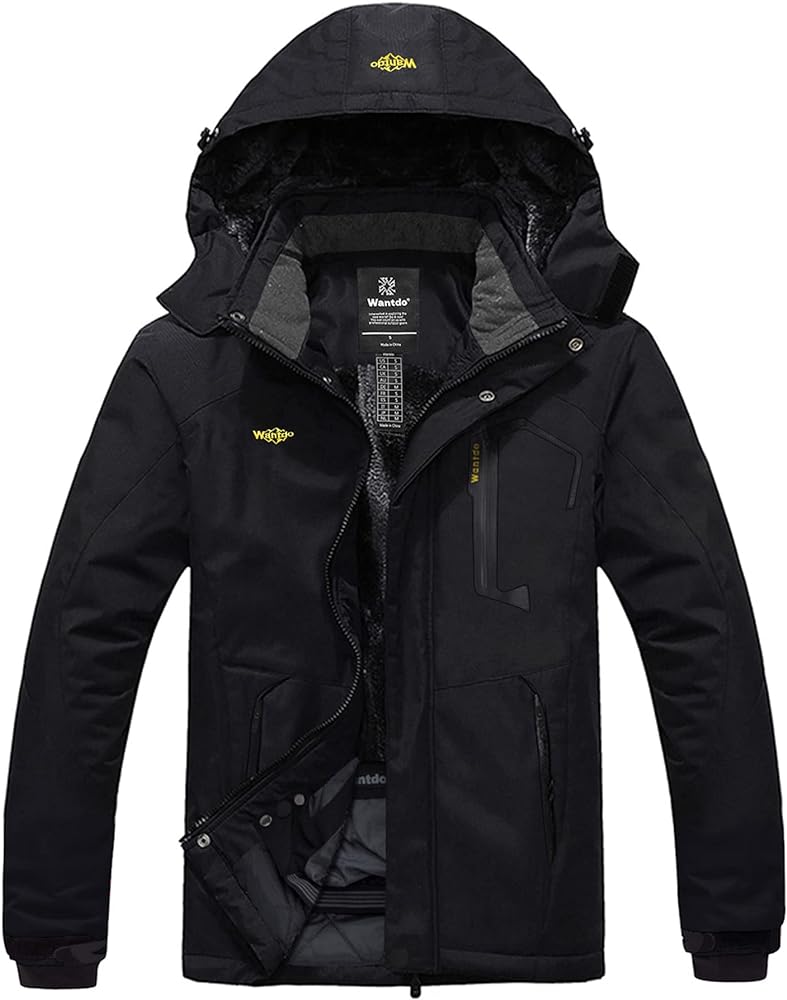
B. Tips for Finding the Perfect Fit:
-
Consider Layering: Ski jackets are designed to be layered with thermals and mid-layers. Choose a size that allows for comfortable layering underneath without feeling constricted.
-
Articulated Sleeves: Look for jackets with articulated sleeves that offer a natural range of motion for throwing punches and maneuvering your poles.
-
Try Before You Buy (If Possible): Whenever possible, try on the jacket in-store to assess the fit. Move your arms around, bend over, and sit down to ensure the jacket moves freely and doesn’t restrict your movements.
-
Sleeve Length: The sleeves should ideally reach your wrists with gloves on, providing complete coverage and preventing snow from sneaking in.
-
Jacket Length: The ideal jacket length depends on your preference. Hip-length jackets offer more mobility, while longer jackets provide additional warmth and protection from the elements.
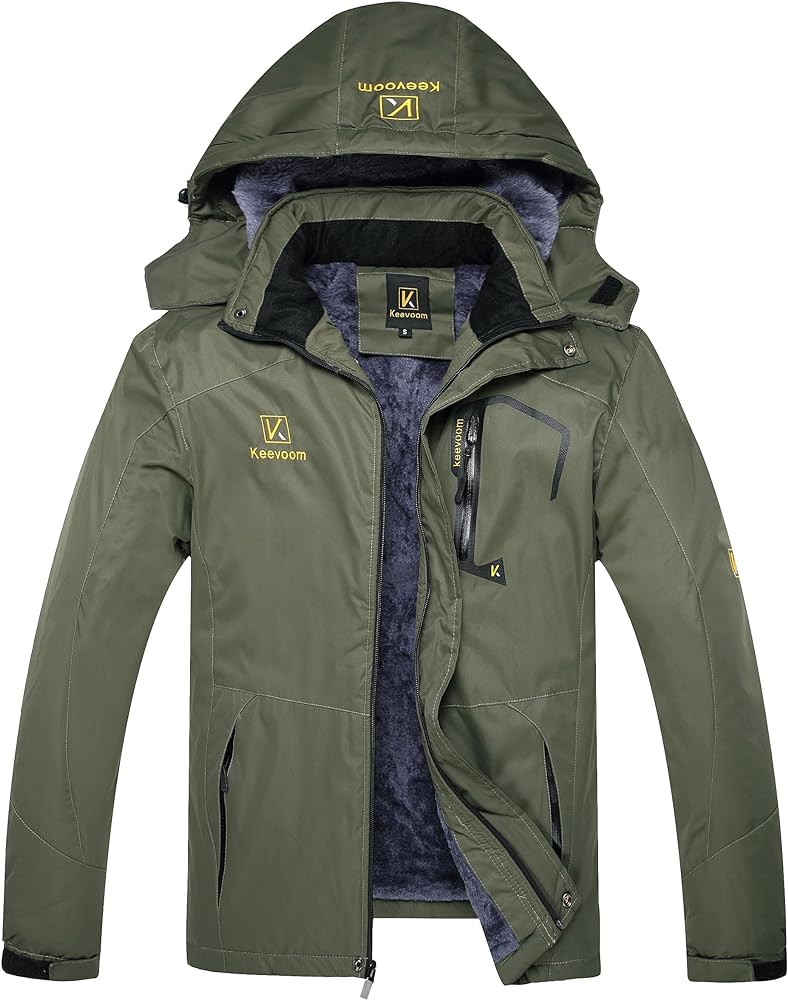
C. Considerations for Different Body Types:
The good news is that men’s waterproof ski jackets come in a variety of sizes and fits to cater to different body types.
-
Regular Fit: This is the most common fit, offering a balance of mobility and comfort for most body types.
-
Relaxed Fit: For those who prefer a looser fit or plan on layering heavily, a relaxed fit jacket provides additional space.
-
Athletic Fit: This fit is designed for a more streamlined silhouette and may be ideal for skiers with a more muscular build.
-
-
